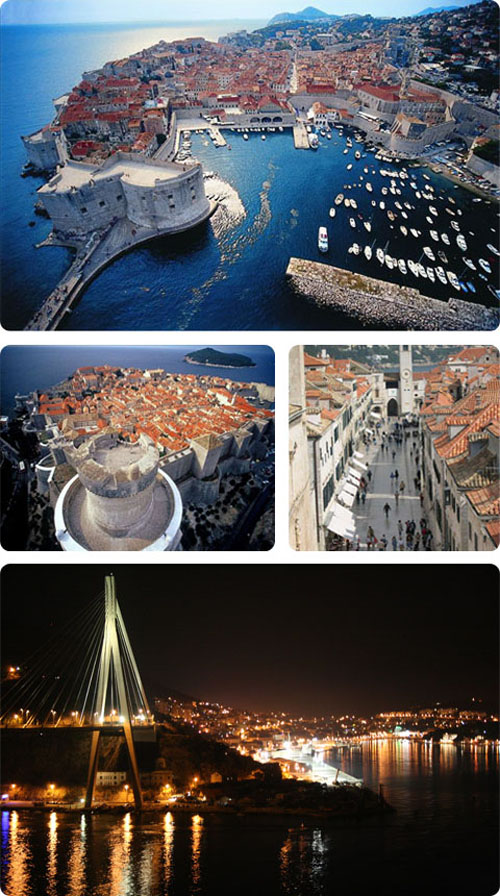A UNESCO World Heritage site, the coastal city of Dubrovnik is noted for its delightful old town, historic harbour and beaches and attractive small islands only a short distance from the centre. Although severely damaged by an earthquake during the 17th century, the city retains several Renaissance palaces and churches, as well as ancient city walls and gates encircling the old town and central square, home to numerous restaurants and cafes. The world’s oldest arboretum and working pharmacy can also be found in Dubrovnik, alongside the city’s many fortresses, museums and galleries.
In the Middle Ages the Republic of Dubrovnik was an important rival of Venice. Many buildings in the Old city center testify of this glorious past and to its Venetian influence. The walls of Dubrovnik girdle a perfectly preserved complex of public and private, sacral and secular buildings representing all periods of the city’s history, beginning with its founding in the 7th century. Particular mention should be made of the city’s main street, Stradun, the Rector's Palace, the church of St Vlaho, the Cathedral, three large monasteries, the Custom's Office and the City Hall. The Republic of Dubrovnik was the centre of a separate political and territorial entity, and was proud of its culture, its achievements in commerce and especially of its freedom, preserved down so many tempestuous centuries. Today, Dubrovnik is also a very lively city, with many things to do.




































